The NCAA Transfer Portal has changed the game, giving athletes more control over their futures. But is it a good thing? Or just another way for the NCAA to stay relevant and profit off high-visibility athletes without the responsibility of educating the “student-athlete?
At its best, the portal allows players to find a better fit—whether academically, geographically, or athletically. But let’s be real: most athletes in the portal aren’t transferring because of academics. They’re looking for more playing time, better NIL deals, or a stronger path to the pros. And while I understand the desire to play and maximize opportunities, I also wonder: what happened to sticking it out, competing for your spot, and growing through adversity?
The portal has essentially turned into college free agency, where players and coaches constantly shuffle rosters to get the best immediate return. Geno Auriemma described the portal as he sees it in this video and I, for the most part, have to agree with him. Sure, it benefits players who feel stuck in a bad situation, but it also enables quick exits instead of pushing through challenges. What happened to learning a new system, working to outplay the guy in front of you, and striving to be the best version of yourself? As Geno asks, what happened to “teaching kids how to make a commitment and stick to it”?
I didn’t always love my college athletic experience, and I definitely didn’t always agree with my coach’s decisions. But instead of leaving, I worked harder. I committed to improving myself and my team. That kind of mindset builds character—something that lasts far beyond sports. And, I know there are some of you reading that last comment about “builds character” and rolling your eyes…I know that people say, “losing builds character”, and I hate that saying…for the record, winning does as well.
The NCAA Transfer Portal is here to stay, and maybe it’s necessary in today’s landscape. But we should ask ourselves: is it really helping players develop, or just making it easier to avoid the struggles that shape true competitors?
What do you think? Is the portal a game-changer or just a revolving door for college athletics?

